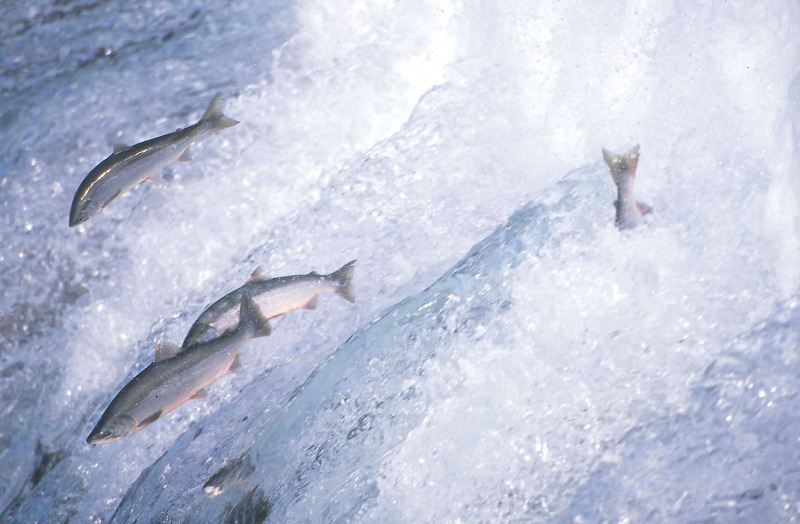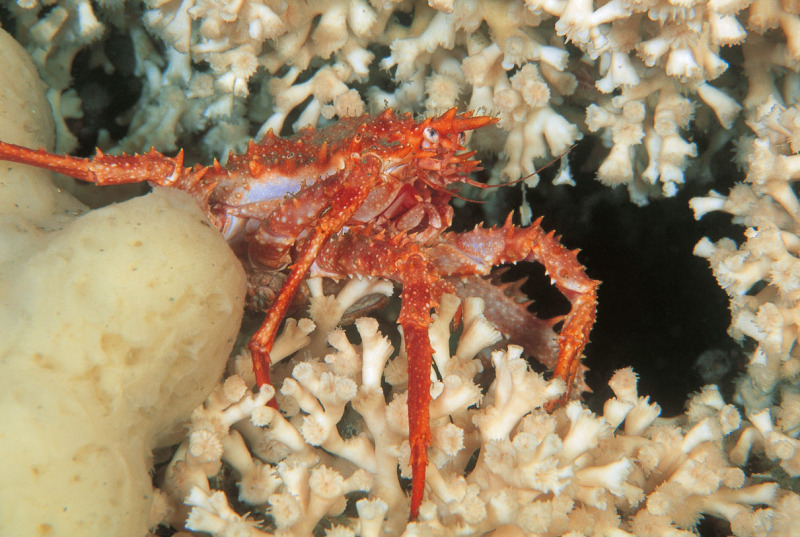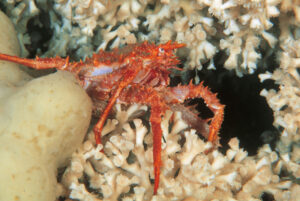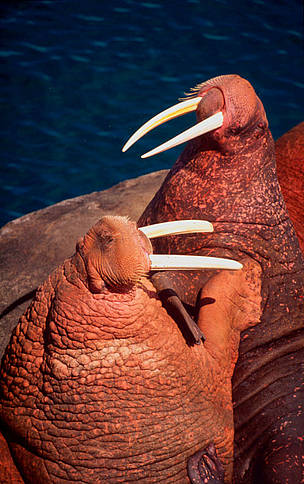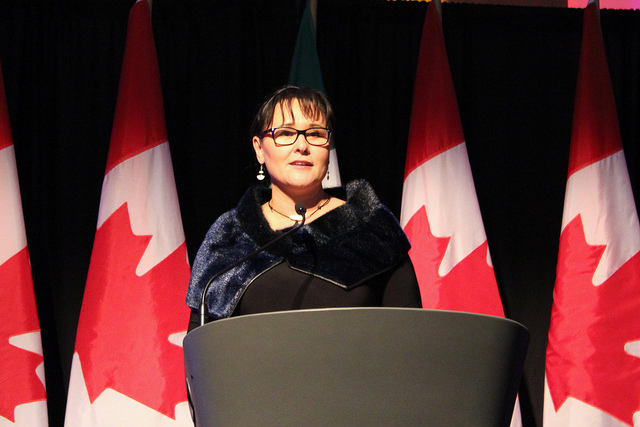
Canadian Environment Minister Leona Aglukkaq speaks before Arctic Council delegates, October 21 2013. © Arctic Council Secretariat
Climate change and sea ice receding present new opportunities for mining, oil exploration and transportation in the Arctic. Climate change is affecting the circumpolar Arctic twice as fast as regions located in lower latitudes, bringing Arctic development to the forefront of the agenda as Canada begins its second chairmanship of the Arctic Council.
Arctic states are planning to bolster development and exploitation of the region by embracing an opportunistic development approach. The Arctic Council is transforming from a body concerned with environmental protection and sustainable development to one with a clear mandate to enhance economic cooperation. Last week’s Throne Speech from the Canadian government also emphasized the development of the Canadian North, with hardly a mention of conservation.
WWF supports the well-being of the Arctic’s indigenous communities,and development is necessary to create prosperity for the north. But when global warming is melting sea ice across the region, leading to increased Arctic accessibility, it is important to recall the Council’s original mandate of environmental protection and sustainable development. WWF is concerned by the recent narrowing of the Council’s sustainability remit to just one of its domains, the economy. Chief Gary Harrison from Arctic Athabascan Council said in Whitehorse yesterday that he doesn’t want the Council to evolve “from an environmental body to an extractive body.”
Arctic states are working towards the establishment of a circumpolar business forum and the Council’s new diplomatic mission to support businesses in Arctic development is important. This shift of focus on the Arctic circumpolar cooperative agenda must consider the balance between short-term development and the long-term sustainability of the region. There is a vast difference between the speed of industrial development and the progress on environmental protection. There is a risk that development will outpace conservation.
Positive signals are coming from United States officials that science will be central to the American chairmanship beginning in May 2015. Arctic states cannot afford to neglect protecting the Arctic environment, and they must take responsibility for the long-term functioning of rapidly changing Arctic ecosystems and live up to the original mandate of the Council.

